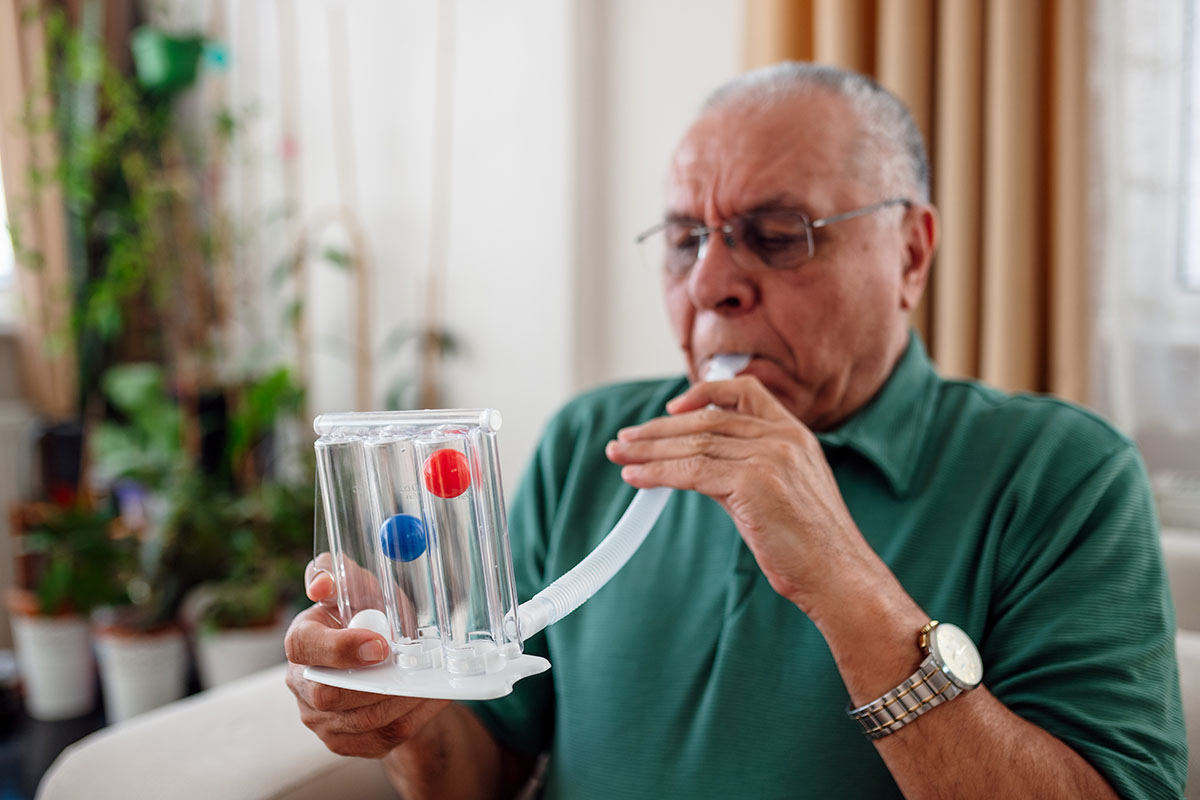Understanding Eye Bags: Causes, Remedies, and Prevention
Eye bags, or periorbital puffiness, are a common cosmetic concern for many individuals. They refer to the swelling or puffiness under the eyes, which can make one appear tired or aged. Though often associated with lack of sleep, various factors contribute to their formation, including aging, genetics, and lifestyle habits. This article delves into the causes of eye bags, explores potential remedies, and discusses preventative measures, providing a comprehensive guide to managing this prevalent skincare issue.

The Anatomy of Eye Bags: What Causes Them?
The skin around our eyes is delicate and thin, making it more susceptible to changes and damage. As we age, the tissues and muscles supporting our eyelids weaken, and the fat that helps support the eyes can move into the lower eyelids, causing them to appear puffy. Simultaneously, fluid can accumulate in the space below your eyes, further enhancing the swelling.
Contributing factors can range from genetic predisposition to lifestyle choices. For instance, those with a family history of eye bags may experience them irrespective of their age or health habits. On the other hand, factors like diet, smoking, alcohol consumption, and sleep patterns can exacerbate their appearance. In some cases, they can also be a sign of underlying health conditions such as thyroid disease, allergies, or sinus problems.
Historical and Modern Remedies: From Cold Spoons to Fillers
Historically, home remedies have been the go-to solution for managing eye bags. These include cold compresses, cucumber slices, tea bags, or even chilled spoons applied to the under-eye area to reduce swelling. While these methods can offer temporary relief, they do not address the root cause and therefore, provide only fleeting results.
In recent years, modern cosmetic treatments have gained traction, offering more permanent solutions. Hyaluronic acid fillers, for instance, can be injected into the tear troughs to smooth out the appearance of eye bags. Blepharoplasty, a surgical procedure, removes excess fatty deposits and skin from the under-eye area. However, these procedures come with their risks and should only be considered after consultation with a medical professional.
The Rise of Eye Care in Skincare Routines
The increased focus on eye care in skincare routines reflects our understanding of the unique needs of the skin around our eyes. As the thinnest skin on our body, it requires special care and products designed specifically for this area.
Eye creams, gels, and serums have become staples in many skincare routines. These products often contain ingredients like caffeine to constrict blood vessels and reduce puffiness, peptides to boost collagen production and firm the skin, and hyaluronic acid to hydrate and plump the skin.
While the impact of these products varies from person to person, they can help mitigate the appearance of eye bags when used consistently and correctly. However, they are not miracle cures and should be used in conjunction with healthy lifestyle habits for the best results.
The Role of Lifestyle in Preventing Eye Bags
Beyond skincare products and treatments, lifestyle plays a crucial role in managing and preventing eye bags. Adequate sleep, a balanced diet, regular exercise, and staying hydrated can significantly impact the health of our skin, including the area under our eyes.
Limiting alcohol consumption, quitting smoking, and reducing salt intake can also help prevent fluid retention, thereby reducing puffiness. Furthermore, adopting healthy sleep habits such as sleeping on your back and elevating your head can prevent fluid from pooling under your eyes.
The Future of Eye Bag Treatments: Innovation and Personalization
As our understanding of the skin and its needs evolves, so do our approaches to skincare. Future treatments for eye bags are likely to be increasingly personalized, reflecting individual skin types, concerns, and lifestyles.
Technological advancements may also pave the way for non-invasive and more effective treatments. For instance, radiofrequency and ultrasound technologies are already being explored for their potential to tighten skin and reduce puffiness without surgery.
Eye bags, while common, can be a source of insecurity for many. Understanding their causes, alongside possible remedies and preventative measures, can help individuals manage this skincare concern effectively. As we move forward, our approaches to treating eye bags will continue to evolve, reflecting advances in skincare science and a deeper understanding of our skin’s unique needs.




